December 7, 2021 by Alex Gault
Congresswoman Elise M. Stefanik met Tuesday with the International Joint Commission, where she pushed officials to make sure they listen to north country voices as they rework Plan 2014.
In January, IJC members will be announcing their findings as they consider phase one of reworking the plan, which dictates inflows and outflows of water from the Great Lakes and St. Lawrence River. This first phase has been underway for years and is part of a two-phase study of the water flow plan initiated after the 2017 and 2019 high-water events.
“There will be a period of time, 60 days, for communities to weigh in and provide comments,” Rep. Stefanik said on Tuesday. “That’s really an opportunity for, whether it’s the shipping industry, marina owners, property owners, to provide feedback to the adjustment Plan 2014 has made.”
Rep. Stefanik, R-Schuylerville, said that she has worked in previous years to secure federal support for the modifications to Plan 2014, and now that the process is moving forward is focused on making sure her constituents’ voices are heard as the modifications are planned out.
The congresswoman also said she’s also stressing the importance of shoreline resiliency projects that protect existing properties from the damaging impacts of high-water levels and flooding.
“That was something I called for when I was doing a district stop along the river two years ago, and Gov. (Andrew) Cuomo followed my lead and announced support for shoreline resiliency,” she said. “But unfortunately, we have not seen a focus from New York state on that issue and from Democrats in Albany.”
Rep. Stefanik toured the region’s flooded shorelines on May 29, 2019, and said Congress needed to provide funds for shoreline resiliency projects. That same day, former Gov. Cuomo announced the formation of the Lake Ontario Resiliency and Economic Development Initiative.
The congresswoman lauded the work of the river and lake shore representatives in Albany, but said more resources are needed to truly protect the shores of Lake Ontario and the St. Lawrence River.
The IJC and its subsidiary, the Lake Ontario-St. Lawrence River Board, oversee the Moses-Saunders Power Dam in Massena, which is the main tool they use to control water levels. Officials can order more or less water to flow out of the dam, impacting water levels upriver. However, their range of control is only inches, able to move average water levels about the width of a tennis ball overall.
Beyond just controlling water levels, Rep. Stefanik said she has heard support from the IJC for increasing the number of water level monitoring stations along the river and lake shores, to provide a better understanding of high- and low-water levels specifically in this region.
“That increased data will ensure those decisions are made more accurately for the entire health and economic health of the region,” she said.
Lake ecosystem experts, including Professor Andrew Gronewold of the University of Michigan, have said officials could better understand the ebb and flow of water in the Great Lakes and St. Lawrence River if they coordinated a collaborative weather tracking system between the U.S. and Canada, something that currently doesn’t exist.
She also said, while officials have not talked about collaborating on weather monitoring in the region, that is something her office will research.
“That will be something I will raise with the IJC at the next meeting,” she said. “My focus today was making sure they’re hearing north country voices, that they have plans when it comes to having the tools they need to make modifications, adjust water levels as much as they’re able to, to address potential flooding.”
Read the full article here.





